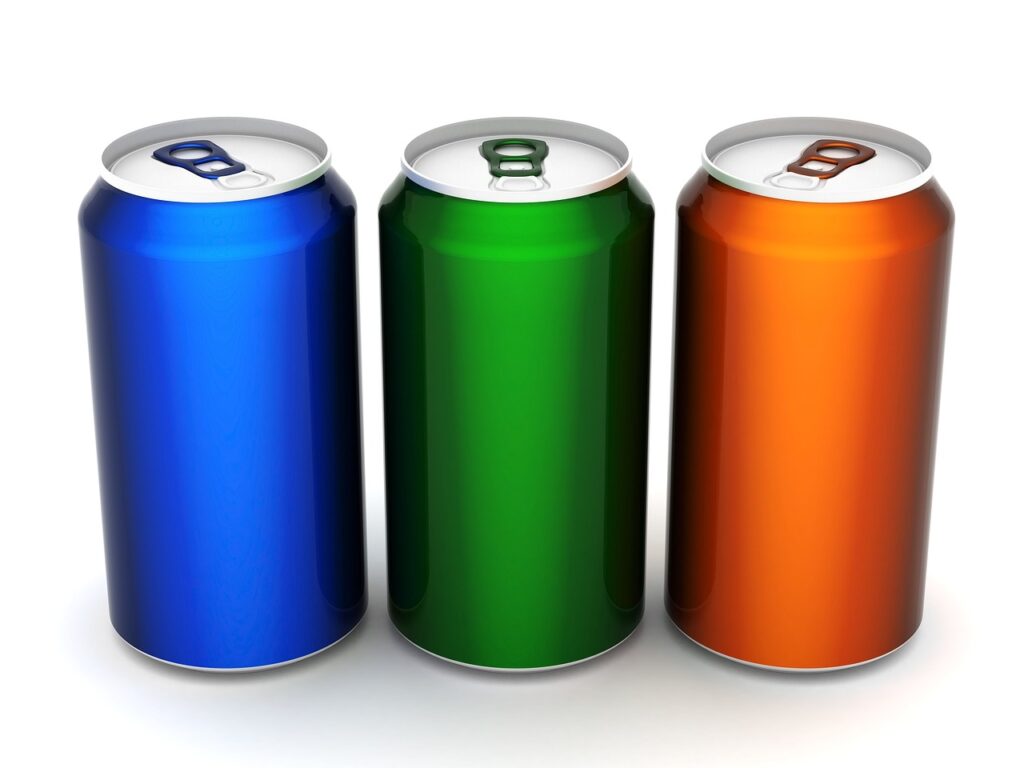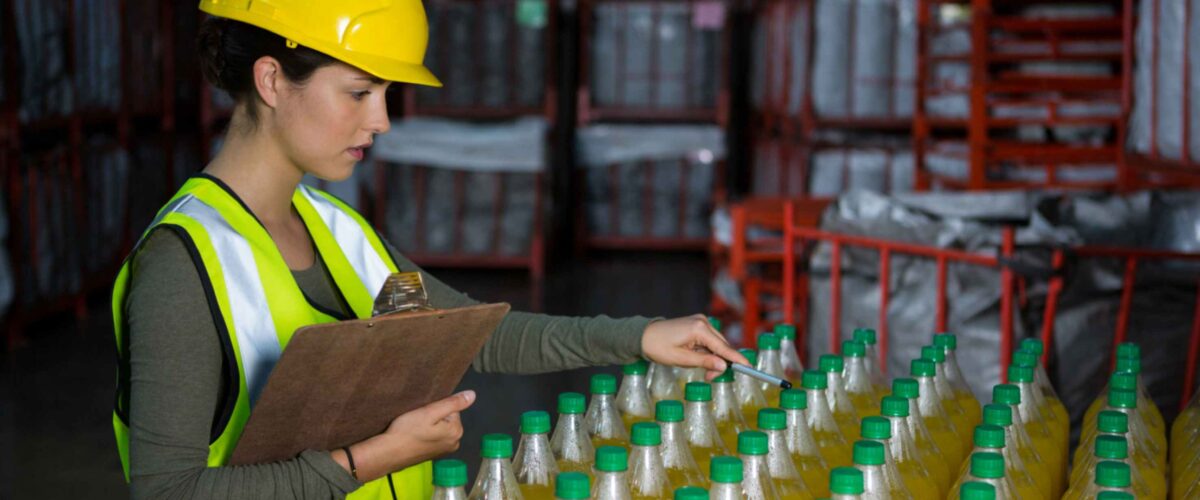Pigging System for the Beverage Industry: The Secret to Saving Time, Money and Juice
Efficiency, cleanliness, and sustainability have become a must in the fast-paced world of soft drink production. The pigging system for the beverage industry is one of the most significant technologies transforming contemporary beverage production, regardless of whether you’re making orange juice, apple juice, or a range of mixed fruit beverages.
Pigging systems have become an industry standard, reducing waste and increasing product recovery.
Let’s examine how the production of soft drinks, particularly in the fruit juice market, is being revolutionized by this potent yet straightforward technology.
What Is a Pigging System for the Beverage Industry?
An automated, sanitary method for recovering leftover product from inside the pipes is called a pigging system. Using compressed air, water, or other gases, a projectile device known as a “pig” is forced through the pipeline. The pig recovers any remaining liquid that would otherwise be washed away and wasted by cleaning the interior of the pipe.
This goes beyond simple cleaning. Recovering sellable juice rather than throwing it away is the goal of precise product recovery.
Since pigging system for the beverage industry frequently alternate between flavors, recipes, and formulations, the pigging system is very useful in the beverage industry. Pigging becomes more helpful as beverage selection becomes more varied.
Why Soft Drink Manufacturers Are Turning to Pigging
Soft drink producers deal with several difficulties:
- Growing ingredient costs
- Pressure to lessen the impact on the environment
- Tight hygienic guidelines
- Call for quicker product transitions.
Pigging systems provide a sustainable and effective way to address these issues.
Let’s examine a real-world case. Let’s say your facility bottles mixed fruit beverages, orange juice, and apple juice. In addition to the water and energy consumed in the operation, you would probably lose several liters of premium, marketable juice between batches if you didn’t recover the leftover from inside the pipeline.
The majority of the valuable product is collected before the rinse cycle with a pigging system, which increases yields, speeds up cleaning, and reduces cross-contamination.

The Role of Liquid Product Recovery Systems
Pigging systems fall under the heading of “Liquid Product Recovery System.” The goal of this system is to recover as much usable product from processing machinery as possible. For producers of soft drinks, this implies:
- 99% reduction in product loss
- Reducing the use of water and cleaning agents
- Reducing discharge into the environment
- Increasing total profitability
Since every drop matters in the juice manufacturing process, these liquid product recovery systems work especially well. Pigging System for the beverage industry guarantees that you get the most out of every batch, whether it’s the flavor-rich concentrate in apple juice or the premium pulp in orange juice.
Benefits of Pigging in Orange Juice, Apple Juice & Mixed Fruit Beverages
1. Maximized Product Yield
High-quality fruit extracts and pricey concentrates are frequently used to make soft beverages like orange and apple juice. Even minor losses during product changeovercan mount rapidly. Pigging systems recover almost all of the product that is left over inside the pipes.
For example, up to 800 liters of previously dumped juice were collected each week using a pigging system installed in a medium-sized juice bottling factory. The bottom line of the company will directly benefit because of this.
2. Less Downtime
In the production of soft drinks, product changes can take hours if there is no effective recovery procedure. This time is significantly reduced by a pigging system, which swiftly and hygienically cleans the lines.
This is particularly crucial in establishments that deal with a variety of drinks, such as a line of mixed fruit juices that alternates between blends of berries, guava, mango, lychee etc.
3. Improved Quality of the Product
The consistency and flavour of juice-based soft drinks can be ruined by cross-contamination across batches. Pigging systems eliminate almost all traces of the previous product run, ensuring a clean separation between each batch.
This is crucial when alternating between drinks with very contrasting flavour profiles, such as sweet apple juice and acidic orange juice.
4. Benefits of Sustainability
Sustainability is a commercial necessity, not just a trendy term. Pigging system for the beverage industry minimise water use, product waste, and the need for harsh cleaning agents, which helps soft drink producers lower their carbon footprint.
By reducing the energy needed for cleaning-in-place (CIP) procedures, the pigging system also helps you achieve your sustainability objectives.
To show responsible production, several businesses now incorporate pigging into their ESG (Environmental, Social, and Governance) pledges.
Real-World Impact: A Case Example
Consider a fruit juice processing company that bottles apple juice in the morning and orange juice in the afternoon.
Before pigging: During each transition, between 50-100 litres of orange juice was wasted. Cleaning took more than an hour, and a lot of water and detergent were used.
There was a considerable amount of downtime in between batches, which reduced daily output targets.
Following the installation of a pigging system, weekly output increased by hundreds of litres, and juice recovery increased by 95%.
The changeover time was reduced to 15 to 20 minutes. Utility expenses were greatly decreased as a result of a 70% decrease in water and detergent usage.
This wasn’t just a win for efficiency, it was a win for the planet and the company’s profit margin.
How to Integrate a Pigging System Into Your Beverage Facility
Pigging system implementation is simpler than most manufacturers think. Usually, the procedure entails:
Assessment: Assessing current production lines and determining the most effective locations for product recovery.
Design: Adapting the pigging system to the production volume, product types, and pipe sizes.
Installation: Includes assembling sanitary pigs, automation controls, and launch and receive stations.
Training: Teaching employees how to use, maintain, and clean the system.
The scalability of these systems is very high. Pigging can be tailored to your business, whether you run a major bottler or a boutique juice company.
Key Considerations for Juice-Based Beverages
Your pigging system has to be modified if you produce juices that are high in pulp or mixes that are high in fibre. Certain sophisticated liquid product recovery systems include unique pigs that can process thicker materials without clogging.
In order to maintain hygienic standards, beverage manufacturers should also choose FDA-compliant, sanitary materials for their pigging components.
Final Thoughts
Pigging System for the beverage industry is a strategic investment rather than merely a technical advancement. It’s the best way to increase productivity, sustainability, and profitability for soft drink producers who deal with orange, apple, or mixed fruit blends.
Pigging is a potent tool that helps beverage brands recover more product, cut waste, and streamline production without sacrificing quality when paired with contemporary liquid product recovery systems.
Adopting smart manufacturing technologies such as pigging is not only a wise decision but also necessary as regulations are tightening and consumer expectations are rising each passing day.

